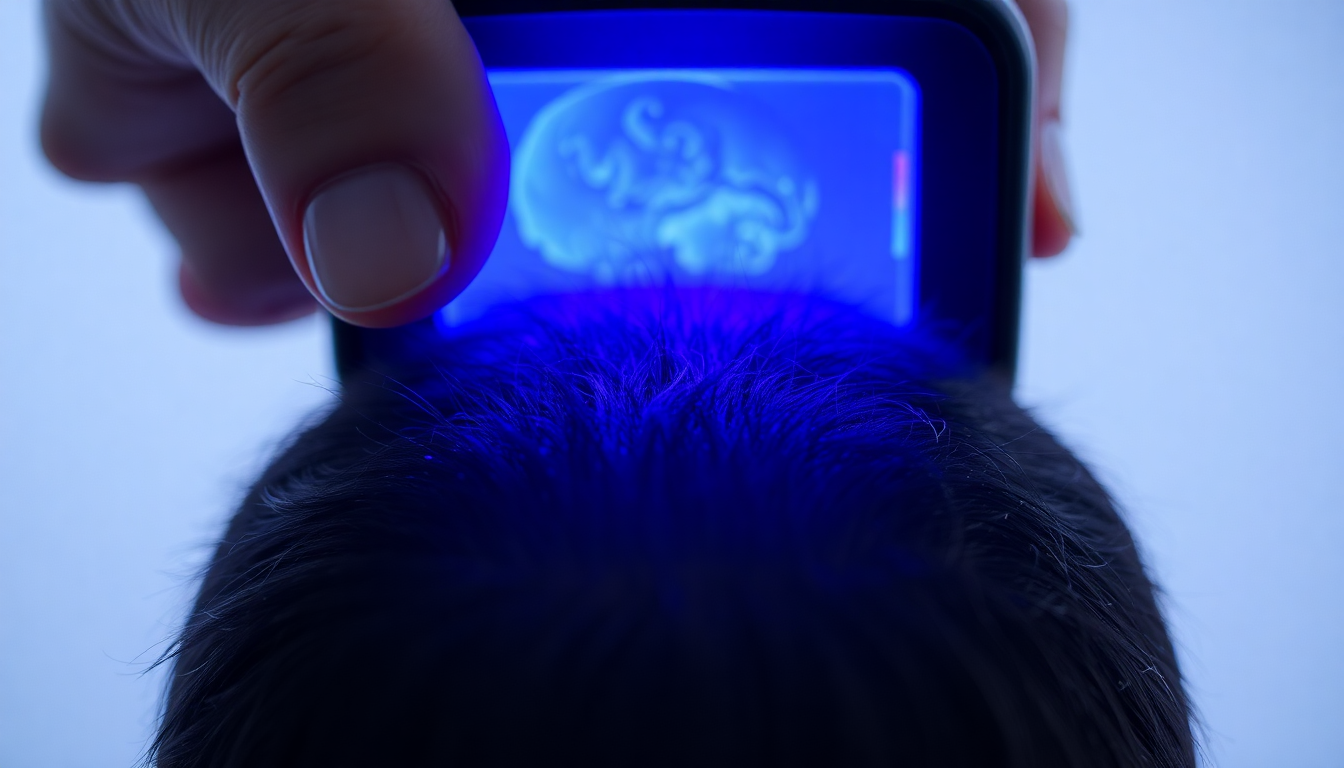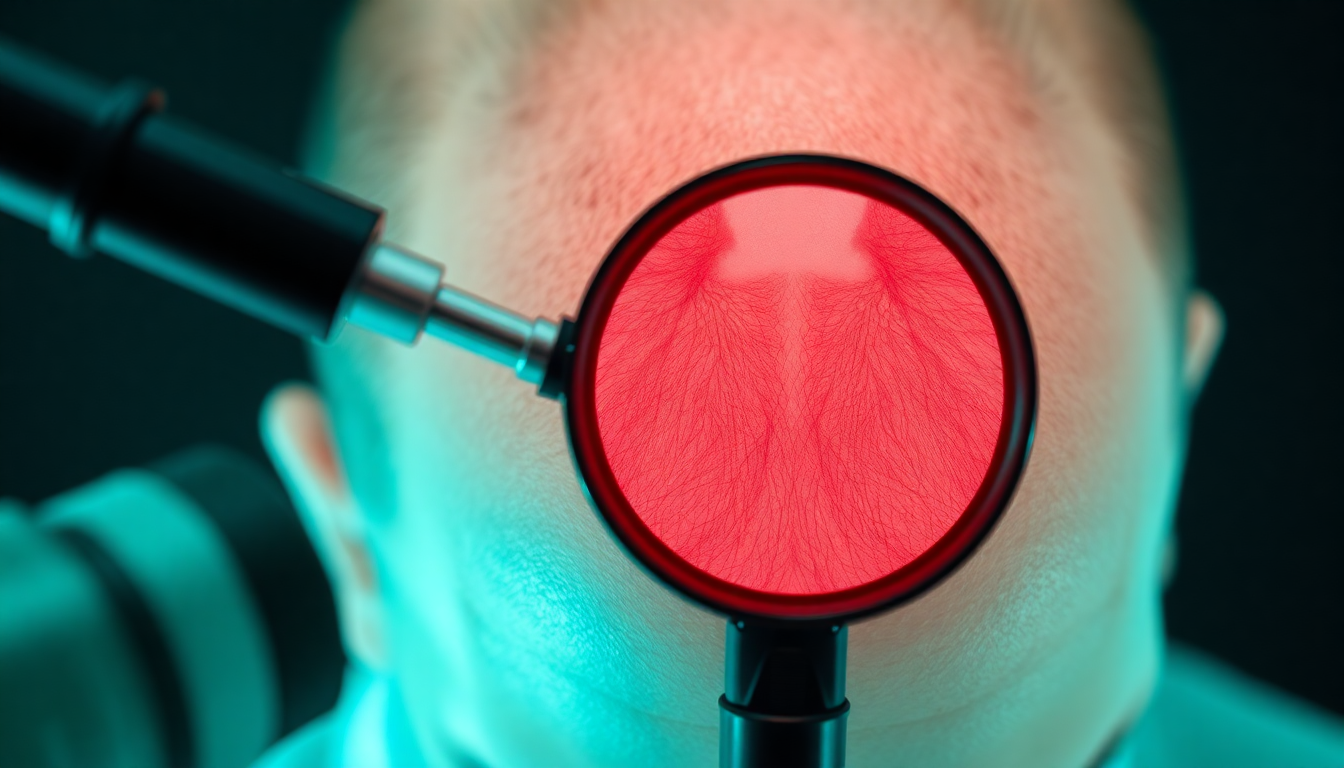Introduction
In the rapidly evolving landscape of personal health and beauty, 2025 marks a pivotal year for hair care innovation. Today, consumers are empowered with cutting-edge imaging technologies that enable them to objectively assess and monitor their hair density from the comfort of their home. Gone are the days of relying solely on visual inspections or subjective judgments; these advanced tools provide precise, actionable data that can inform your hair care decisions, detect early signs of hair thinning, and guide customized treatments. This comprehensive guide explores the most recent innovations in at-home hair density tracking, how these technologies work, and their significant impact on personal hair health management.
The Evolution of Hair Density Assessment Technologies
Historically, evaluating hair loss and scalp health was limited to simple inspections, hair pull tests, or reliance on clinical visits. While useful, these methods are often subjective and unable to detect early or subtle changes in hair density. As technology advanced, particularly over the past decade, several sophisticated imaging modalities emerged, revolutionizing scalp and hair analysis. Today, in 2025, consumer-grade devices incorporate highly advanced imaging techniques such as:
- High-Resolution Digital Microscopy: Bringing lab-grade microscopy into your home, this technology magnifies hair follicles and scalp surfaces revealing detailed structures. Its high-resolution cameras can identify follicle health, miniaturization, and scalp conditions with clarity.
- Optical Coherence Tomography (OCT): Borrowed from medical diagnostic equipment, OCT uses near-infrared light waves to produce cross-sectional images of the scalp tissue. It’s capable of measuring follicle depth, density, and scalp inflammation, providing a comprehensive picture of hair health.
- Multispectral Imaging: By capturing images under various light spectrums—including UV, visible, and near-infrared—multispectral devices uncover scalp conditions like dandruff, seborrhea, or clogged follicles that may not be visible to the naked eye.
- Artificial Intelligence and Data Analytics: Modern devices integrate AI algorithms to analyze images, compare progress over time, and generate detailed reports. This automation simplifies complex data interpretation, making advanced analysis accessible to everyday users.
Implementing Advanced Imaging for At-Home Hair Density Monitoring
Adopting these innovative imaging technologies at home is more accessible than ever, thanks to compact, user-friendly devices designed for non-experts. Here’s an exhaustive overview on how to effectively implement these tools in your daily routine:
Choosing the Right Device
- Assess your specific needs—do you want detailed follicle imaging, scalp health assessment, or progress tracking?
- Check compatibility with your smartphone or whether a standalone device suits you better.
- Research reputable brands that incorporate advanced imaging, like those evaluated by dermatological experts.
- Consider features such as ease of use, data storage, and compatibility with health apps.
Preparing for Accurate Measurements
- Ensure your scalp is clean and free from styling products.
- Perform scans on a dry scalp in well-lit conditions to maximize image quality.
- Mark consistent points on your scalp to ensure comparable imaging over time.
Capturing and Analyzing Data
- Use the device to capture high-resolution images, following manufacturer instructions carefully.
- Use accompanying software or mobile apps to analyze the images, which often will detect hair density, follicle size, and scalp conditions automatically.
- Record your measurements regularly—weekly or bi-weekly—to observe trends and monitor the effectiveness of your hair care routine.
- Make adjustments based on data insights, such as switching hair regrowth treatments or improving scalp care hygiene.
Major Benefits of Quantitative Hair Density Monitoring
Embracing these advanced technologies provides tangible benefits, radically enhancing your hair health journey:
- Early Detection of Hair Loss: Recognize follicular miniaturization before it manifests visibly, allowing for prompt intervention.
- Objective Progress Tracking: Quantitative data offers concrete proof of treatment efficacy, boosting motivation and adherence.
- Personalized Hair Care Strategies: Data-driven insights facilitate tailored routines, whether supplementing with specific nutritional products, topical treatments, or lifestyle changes.
- Monitoring Underlying Conditions: Detect scalp conditions like inflammation or poor follicle health that could hinder hair growth, prompting timely clinical consultation.
The Role of Advanced Imaging in Enhancing At-Home Hair Care with Natural Products
Alongside technological tools, natural and scientifically formulated products further support hair regeneration and density improvement. For example, Eelhoe offers innovative hair growth treatments that combine botanical ingredients with scientifically proven actives. When paired with imaging insights, users can better assess how these products influence follicle health, ensuring optimal results.
By tracking progression objectively, individuals can decide when to adjust their routines, increase or decrease product usage, or explore new formulations—maximizing the benefits of natural solutions integrated with cutting-edge diagnostics.
Future Perspectives: The Convergence of Technology and Personalized Hair Care
Looking ahead, the continued evolution of home imaging devices promises even greater personalization. Artificial Intelligence will enable predictive analytics, recommending personalized treatment plans based on your unique scalp and hair profile. Integration with telemedicine services may facilitate virtual consultations with dermatologists, providing expert guidance based on your imaging data.
Conclusion: Revolutionize Your Hair Care Routine Today
In conclusion, the integration of advanced imaging technologies into at-home hair density tracking in 2025 heralds a new era of personalized, data-driven hair care. These tools empower you to monitor your hair health precisely, detect early signs of hair loss, and tailor treatments for optimal results. Embracing these innovations, alongside proven products like those from Eelhoe, ensures you take proactive steps toward thicker, healthier hair. Ready to transform your hair care routine? Discover the power of the latest scientific innovations and quality natural products—visit Eelhoe today!





Leave a comment
All comments are moderated before being published.
This site is protected by hCaptcha and the hCaptcha Privacy Policy and Terms of Service apply.